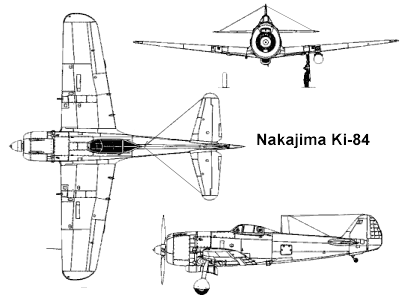The Nakajima Ki-84 'Hayate' (english meaning 'Gale') Allied codenamed 'Frank', had excellent performance and high maneuverability, and was considered to be the best Japanese fighter to see large scale operations during World War II. It was able to match any Allied fighter, and to intercept the high-flying B-29 'Superfortresses', and its powerful armament increased its lethality. The Nakajima Ki-84 was originally designed to be the successor to the Ki-43 'Oscar'.
Back to Top
Development
Nakajima received orders to start work on a new multi-role fighter characterised by long range and what was by Japanese standards, a high level of protection for the pilot and fuel tanks, with a fixed forward-firing armament of 2 × 20 mm Ho-5 cannon and 2 × 0.50 inch (12,7 mm) Type 1 (Ho-103) machine guns, a powerplant of 1 × Nakajima Ha-45 (Army Type 4) radial rated at 1,900 hp (1.417 kW), a max level speed of 423 mph (680 km/h) at optimum altitude, and a combat endurance of 1 hour 30 minutes at a radius of 249 miles (400 km) from base. Nakajima entrusted the project to a team under the supervision of T.Koyama, and the design was clearly inspired in its basic configuration by the Ki-43 although with a number of features to improve its basic lines and provide higher performance. The Ki-84 first flew in March 1943. Although the design itself was solid, the shortage of fuel, construction materials, poor production quality, and lack of skilled pilots prevented the fighter from reaching its potential. The Ki-84 addressed the most common complaints about the popular and highly maneuverable Ki-43: insufficient firepower, poor defensive armor, and lack of climbing power. The Ki-84 was a cantilever low-wing monoplane of all-metal construction, except for the fabric-covered control surfaces. It had retractable tailwheel landing gear. Armament comprised two fuselage-mounted, synchronized 12.7 mm (.50 in) machine guns and two wing-mounted 20 mm cannon, a considerable improvement over the two 12.7 mm (.50 in) machine guns used in the Hayabusa. Defensive armor offered Hayate pilots better protection than the unsealed wing tanks and light-alloy airframe of the Ki-43. In addition, the Ki-84 used a 65 mm (2.56 in) armor-glass canopy, 13 mm (.51 in) of head and back armor, and multiple bulkheads in the fuselage, which protected both the methanol-water tank (used to increase the effectiveness of the supercharger) and the centrally located fuel tank.
Back to Top
Into Service
The first major operational involvement was in the battle of Leyte at the end of 1944 and from that moment until the end of the Pacific war the Ki-84 was met wherever the action was intense. The 22nd Sentai re-equipped with production Ki-84s. Though it lacked sufficient high-altitude performance, it performed well at medium and low levels. This fighter combined most of the virtues of Japanese aircraft without the vices. It was well armed, maneuverable, well protected, and good performance. In March 1944 the first unit operating the Ki-84 was pitted against the US 14th Air Force over China, proving that it could compete with the best of the Allied fighters. Some five weeks later these units were transferred to the Philippines, where 10 Sentais (Squadrons/units) were to fight a defensive war. In ideal conditions it was a reliable aircraft, but in more normal combat conditions the Ha-45 engine proved itself rather unreliable, as did the landing gear. After a promising start the number of serviceable aircraft dropped rapidly, and many of the replacement aircraft were either lost en-route from Japan or had a much poorer performance than expected. In the hands of a good pilot the better aircraft were able to more than hold their own against most Allied fighters, but despite rushing fresh units to the area the Japanese were increasingly outnumbered. By the third week in November the IJAAS in the Philippines was down to only 21% of its full strength, and this figure fell even further in December. By the end of January 1945 the battle for the Philippines was over, and the IJAAS had suffered catastrophic losses. Outnumbered, the Ki-84's couldn't prevent the fall of the Philippines to Allied forces, and had to retreat once more. During this period the value of the Ki-84 was beyond any doubt, and the IJAAS decided to open other production facilities for it.
In April 1944, Ki-84 production started at Nakajima's Ota plant. The production of the Hayate was put under great strain by bombings of the US 20th Air Force which operated Boeing B-29's. One of the raids destroyed the factory where most engines for the Hayate were produced, and the production never reached the same levels afterwards.
The Ki-84 Hayate was really one of the only designs to ever see production quantities of note, for some 3,500 examples were produced up until the final days of the war - this production covering just about a year and a half.
Back to Top
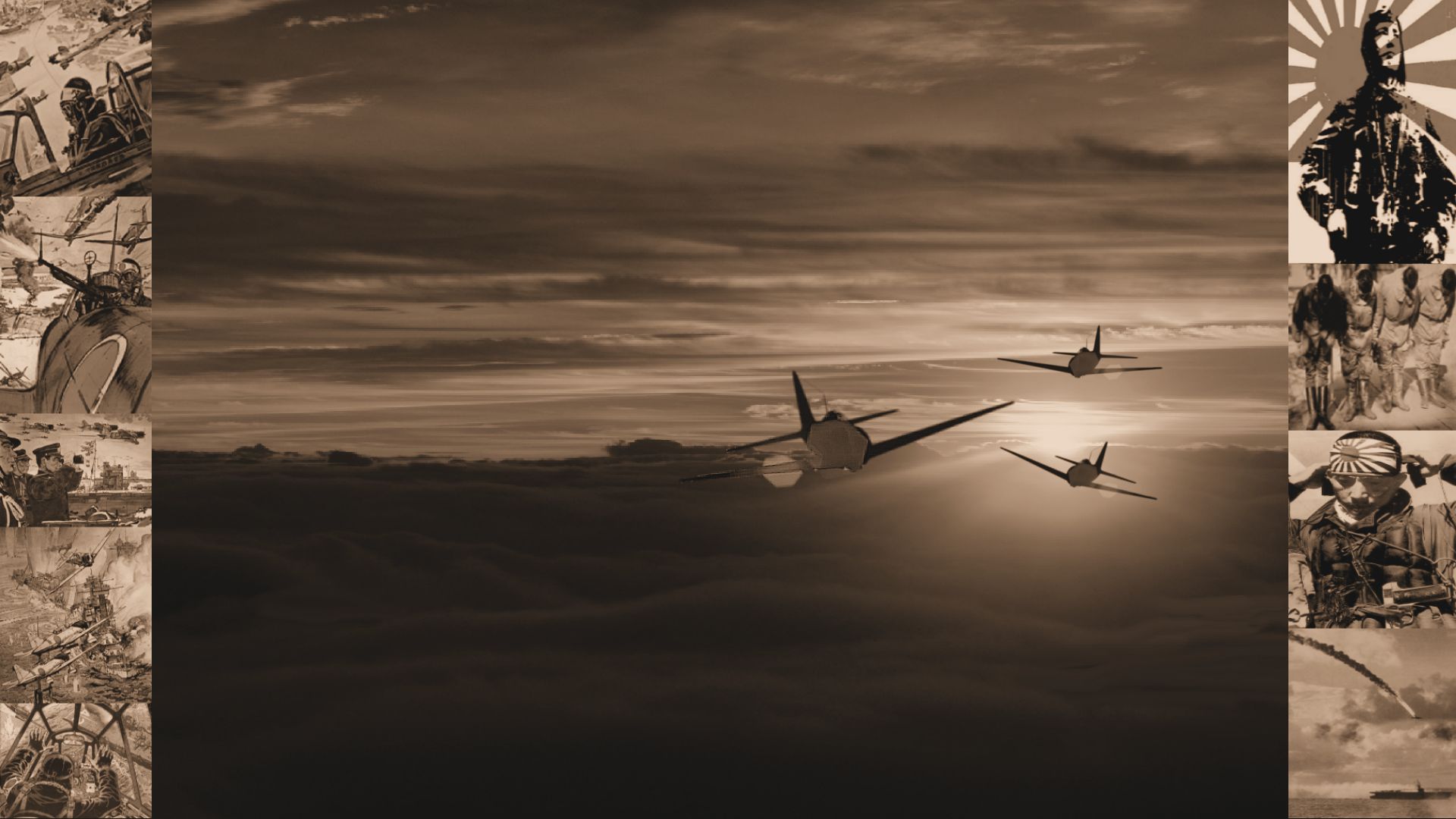

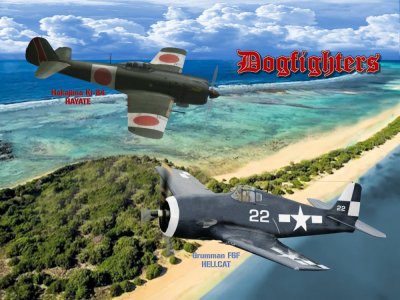

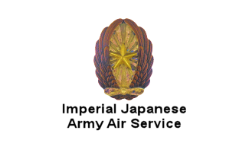
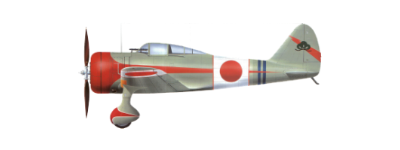 Ki-27
Ki-27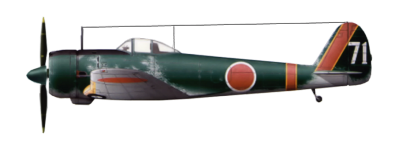 Ki-43 Hayabusa
Ki-43 Hayabusa Ki-44 Shoki
Ki-44 Shoki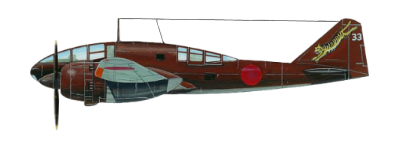 Ki-46
Ki-46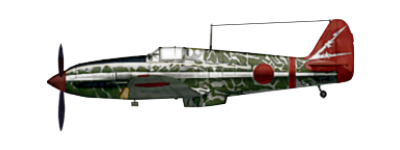 Ki-61 Hien
Ki-61 Hien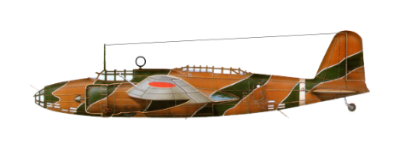 Ki-21
Ki-21 Ki-67 Hiryu
Ki-67 Hiryu



 Nakajima Ki-84 'Hayate'
Nakajima Ki-84 'Hayate'